Sage (Salvia officinalis) is a perennial evergreen sub-shrub with woody stems, grayish leaves, and blue-to-purplish flowers. Sage is easy to grow and doesn’t require much water to survive; it can grow in nutrient-deficient soil.
Sage can also handle partial shade but will produce less foliage in shady areas. When selecting companion plants for sage, there are several factors to consider. For example, you need to consider the kind of sage you are working with, the plants you want to grow around it, and the amount of space in your garden.
30 Sage Companion Plants
1. Alfalfa

Alfalfa (Medicago), also called Lucerne, is a perennial flowering plant in the legume family Fabaceae. Alfalfa is used for grazing, hay, silage, and as a green manure and cover crop.
Benefits: Alfalfa can benefit sage due to its ability to improve nitrogen, iron, magnesium, phosphorus, and potassium.
Popular Varieties: ‘Evermore,’ ‘Phoenix,’ ‘HybriForce 600’
2. Lemon Thyme
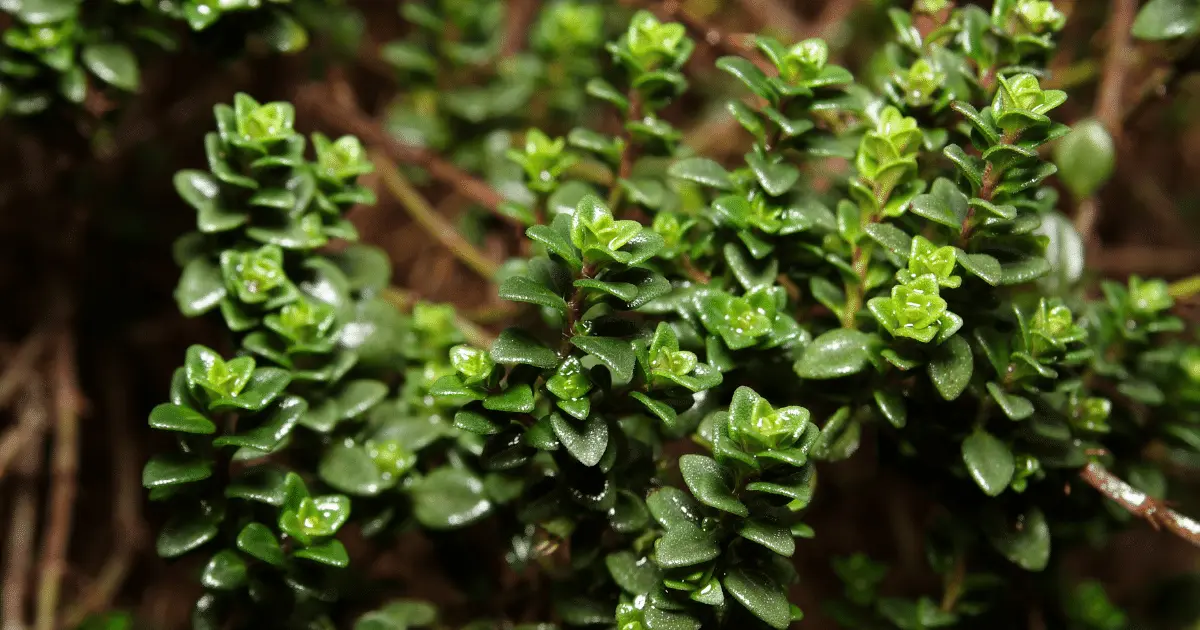
Lemon Thyme (Thymus citriodorus ) is a Mediterranean herb used to treat illnesses for centuries. Lemon thyme makes an excellent border plant in a rock garden and thrives best in full sun.
Benefits: Lemon thyme is a great companion plant for sage since they both thrive in sandy soil. Also, it attracts pollinators such as bees, butterflies, and ladybugs.
Popular Varieties: ‘Golden Lemon,’ ‘Golden Queen,’ and ‘Aurea’
3. Eggplant

Eggplant (Solanum melongena) provides fiber and a range of nutrients. It is high in natural plant chemicals called polyphenols, which can help cells do a better job processing sugar if you have diabetes. Eggplant is closely related to tomatoes and potatoes and several crops belonging to the nightshade family.
Benefits: Eggplant and sage benefit each other. Eggplants can be prone to insect attacks, so herbs like sage can help repel these attacks.
Popular Varieties: ‘Indian Eggplant,’ ‘Italian Eggplant,’ ‘Little Green Eggplant’
4. Mullein
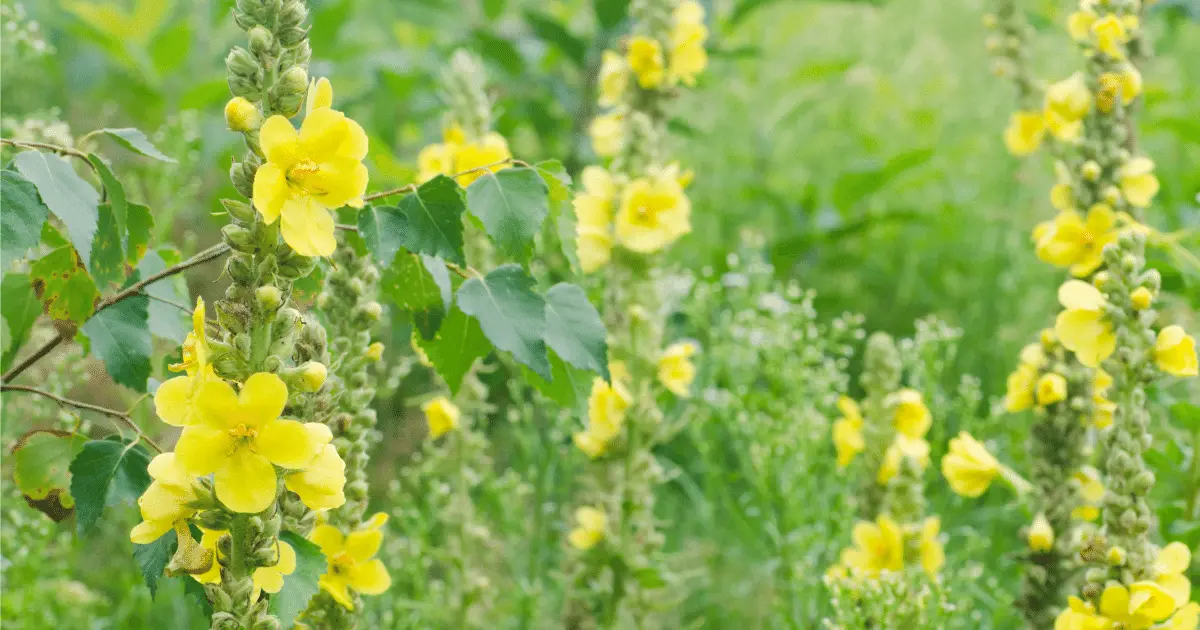
Mullein (Verbascum thapsus) is an herbaceous biennial or short-lived perennial with a deep tap root. Mullein grows in the wild in the United States and Canada, where the growing season lasts 140 days or more, and there is enough rainfall on dry, sandy soils.
Benefits: Mullein grows well when planted with sage. Like many perennials, mullein will produce more blooms if the faded flowers are snipped away.
Popular Varieties: ‘Common mullein,’ ‘Olympic Mullein,’ ‘Southern Charm mullein’
5. Rosemary
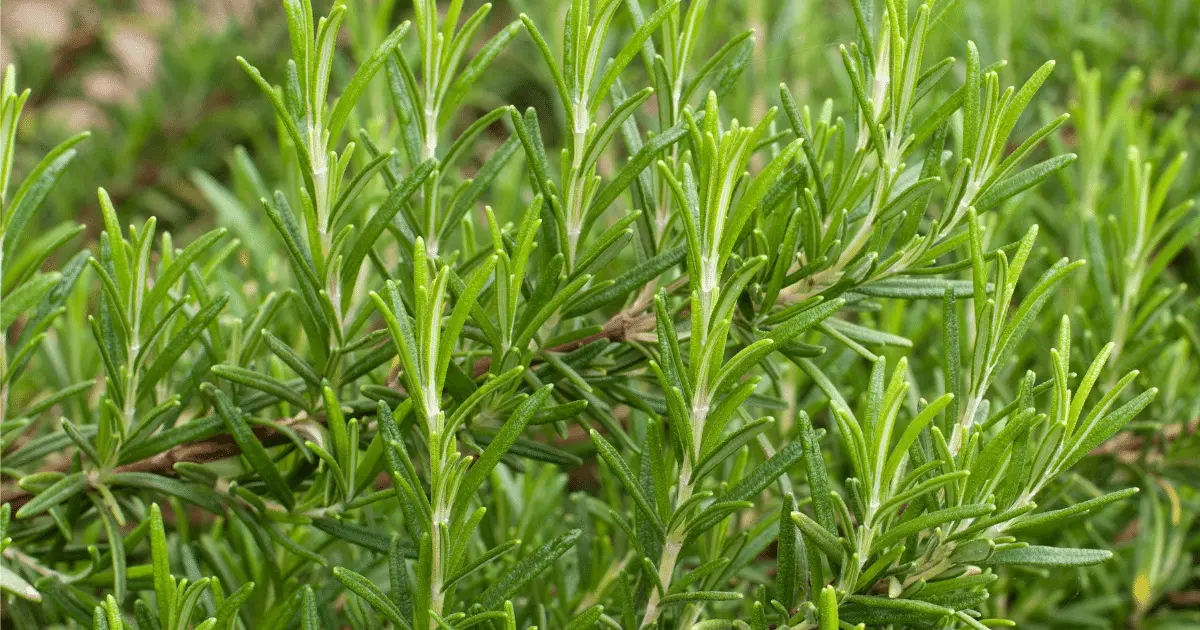
Rosemary (Salvia Rosmarinus) and sage grow exceptionally well when planted together because they thrive in similar conditions. They both produce scents that keep certain pests at bay.
Benefits: Both herbs are perennials and have the exact soil requirements. By planting them together, you will have a great combination to repel insects and other pests.
Popular Varieties: ‘Rosemary Blue Lagoon,’ ‘Rosemary Alderley Blue,’ ‘Rosemary Beneden Blue’
You might want to check out: How to Propagate Rosemary
6. Carrots
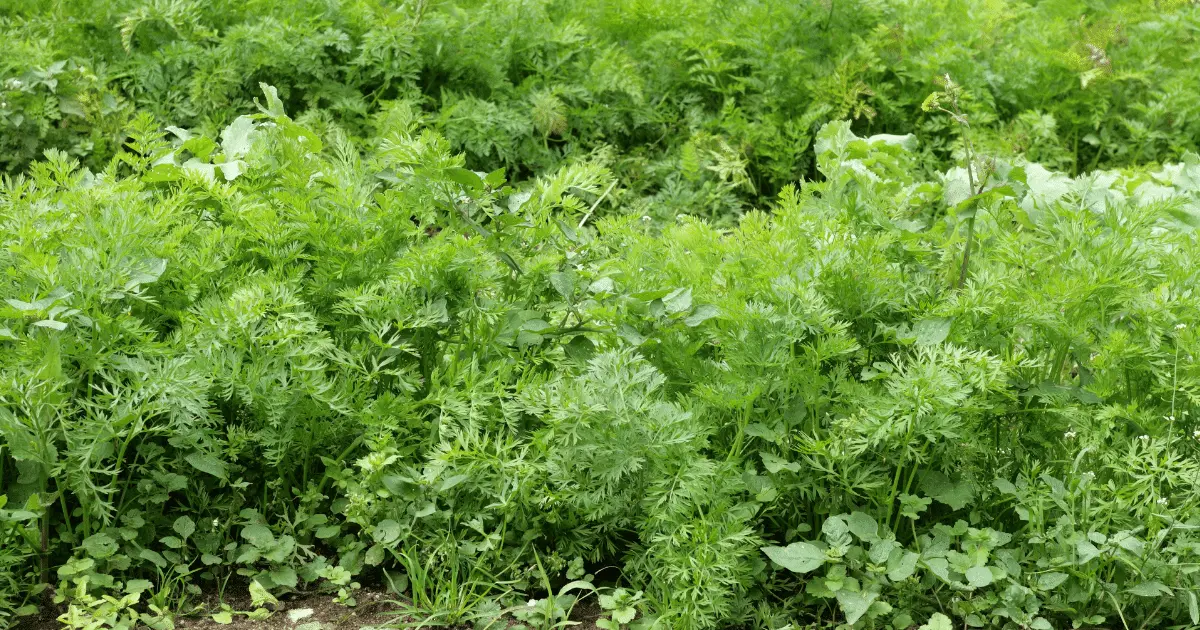
Carrots (Daucus carota) are root vegetables perfect for healthy food. Carrots are a good source of antioxidants and are also rich in vitamins.
Benefits: Carrots benefit from sage as a companion plant due to the ability of sage to repel carrot rust flies. By releasing a pungent odor, sage helps to prevent carrot rot and keeps pests at bay.
Popular Varieties: ‘Danvers,’ ‘Nantes,’ ‘Chantanay’
7. Sunflowers

Sunflowers (Helianthus) are tall, sun-loving plants with flowers ranging in colors from bright yellow to orange, maroon, red, and chocolaty brown. They require at least 6-8 hours of sunlight and a strong start for optimal growth.
Benefits: Sunflowers attract pollinators to the sage plant.
Popular Varieties: ‘Skyscrapers Sunflowers,’ ‘Sunforest Mix Sunflowers,’ ‘American Giant Sunflowers’
8. Milkweed
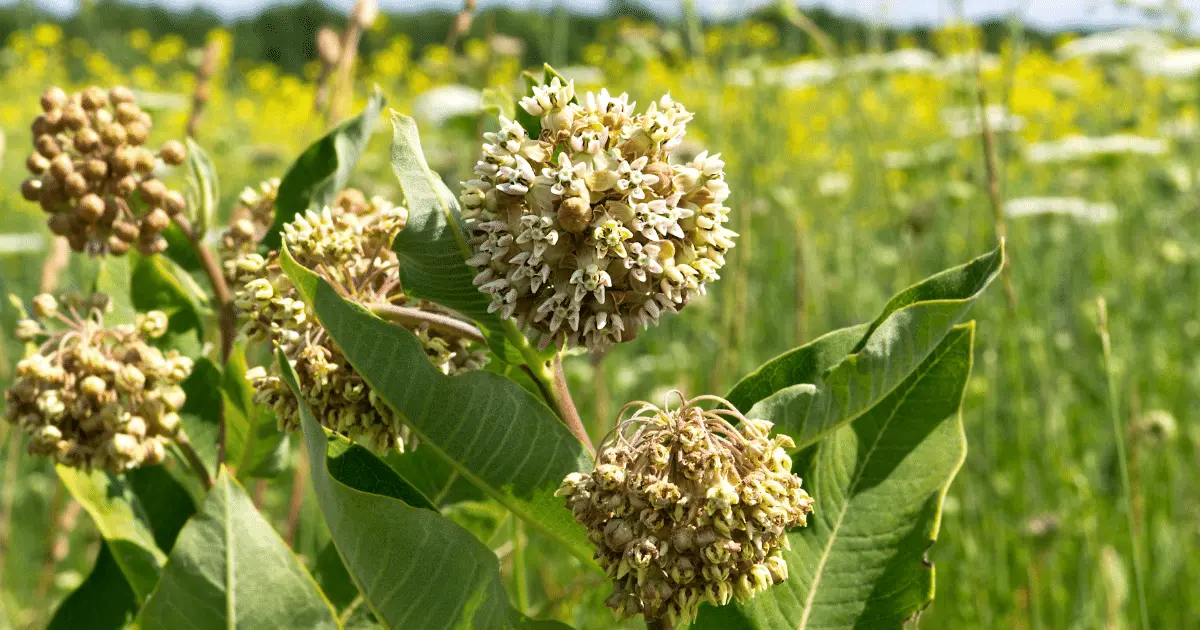
Milkweed (Asclepias) is a beautiful wildflower and the host plant for monarch butterfly caterpillars. Milkweed has a narrow vertical growth habit and thick, long oblong green leaves that grow to about eight inches.
Benefits: Milkweed provides a haven for delicate pollinators when paired with sage. It requires full sun, average well-draining soil, and very little water except in dry conditions.
Popular Varieties: ‘Common Milkweed,’ ‘Butterflyweed,’ ‘Swamp Milkweed’
9. Coreopsis
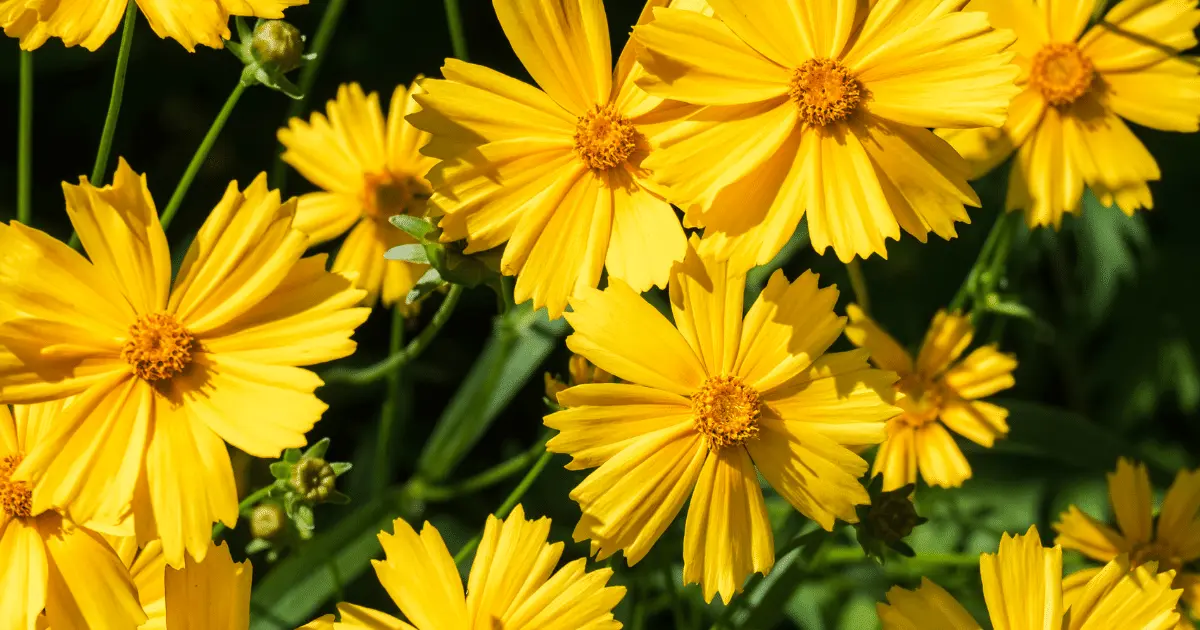
Coreopsis (Coreopsis spp.) is a perfect companion plant for sage. The plant grows in upright clumps and features masses of bright, showy, daisy-like flowers throughout the summer.
Benefits: Coreopsis and sage are perfect because they share certain similarities. For example, their height and color.
Popular Varieties: ‘Coreopsis tinctoria,’ ‘Coreopsis auriculata,’ ‘Coreopsis Nana’
10. Purple Coneflower
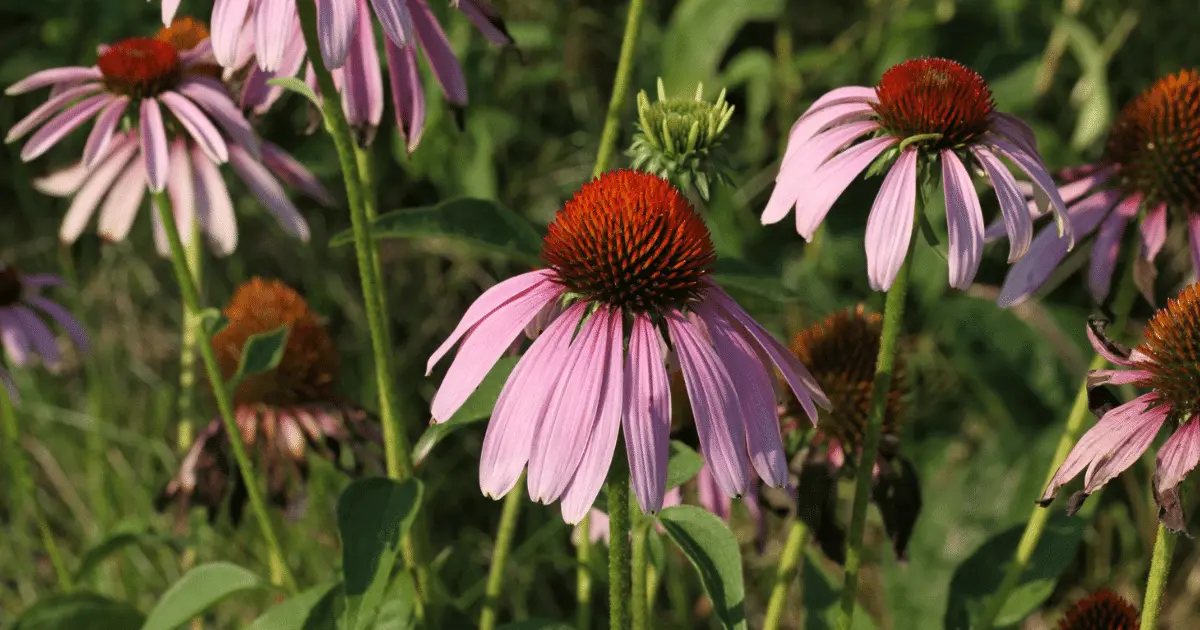
For several reasons, Purple Coneflower ( Echinacea) is an excellent companion plant for sage. It is hardy and produces purple blooms with a distinct dome-shaped center.
Benefits: Purple coneflower is a magnet for bees and other pollinators. When planted alongside sage, it provides extra color and texture.
Popular Varieties: ‘Bravado,’ ‘Butterfly Kisses,’ ‘Doubledecker’
11. Daylilies
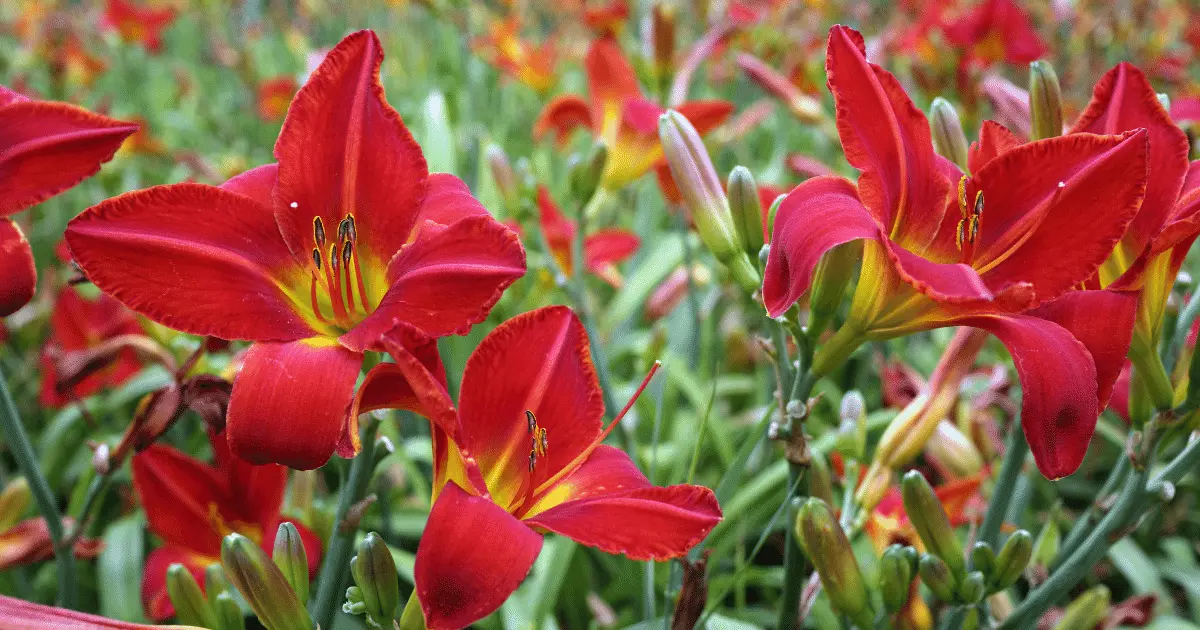
Daylilies (Hemerocallis) is a flowering plant in the genus hemerocallis. It is a low-maintenance perennial, easy to grow, disease and pest-free, and able to survive drought. Various colors range from typical yellow daylily to red, purple, and orange.
Benefits: Daylilies keep pests away while attracting beneficial insects to the garden.
Popular Varieties: ‘Stoke Poges,’ ‘Whichford,’ ‘Pink Damask’
12. Phlox

Phlox (Phlox spp) is a low-growing specie that works excellently as a groundcover. They have sturdy stems and herbaceous border stalwarts that are hardy and easy to grow. Phlox blooms from spring to late summer and prefers free-draining soil and full to partial shade.
Benefits: Phlox accentuates the garden border with military precision and gorgeous color. When planted together, the stunning shades of phlox complement the sage plants.
Popular Varieties: ‘Starfire Phlox,’ ‘David Phlox’
13. Sedum
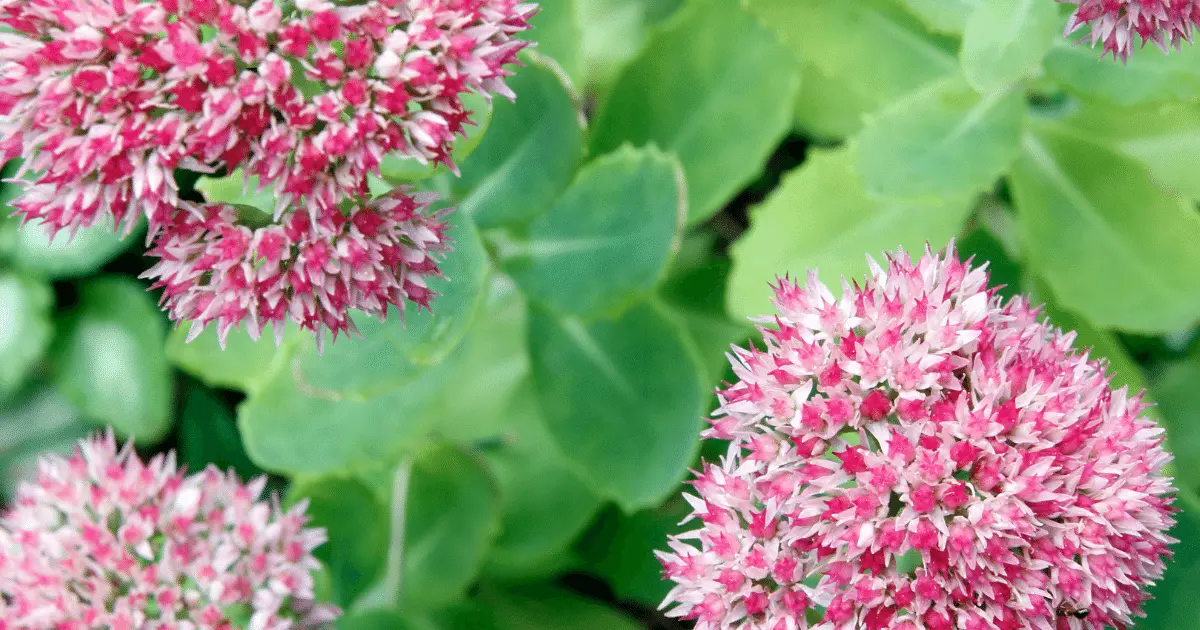
Sedum (Sedum spp) has succulent green foliage, producing clusters of star-shaped flowers that bloom from mid-summer to fall. They originate in dry, rocky conditions; that’s why they are drought resistant. Sedum makes a good ground cover and is sometimes used as an alternative to grass lawns.
Benefits: Sedum acts as a ground cover when planted alongside sage. Its beautiful flowers are in perfect contrast with the sage plant.
Popular Varieties: ‘Sedum adolphi,’ ‘Sedum acre.’
14. Sweet William
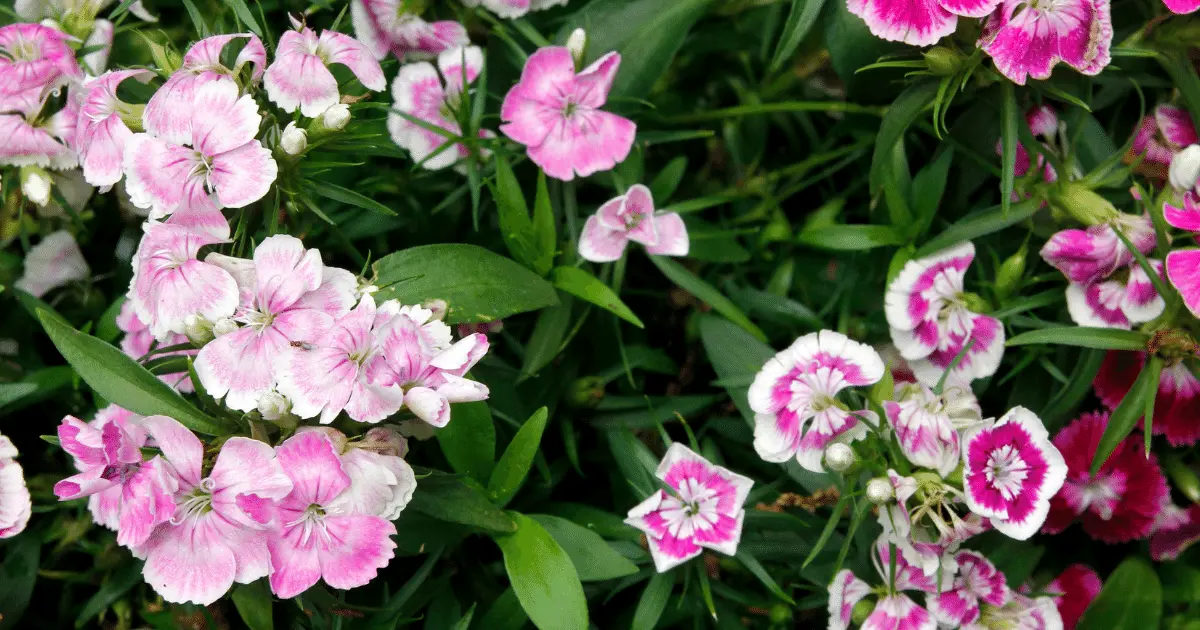
Sweet William (Dianthus barbatus) is a short-lived herbaceous perennial or biennial with a height of about 60 cm (2 feet) and oblong incised leaves. Sweet William thrives best in full sun but can thrive in partial shade and prefers moist soil.
Benefits: Sweet William and sage both have similar growth requirements, and they grow to an average height of one to two feet.
Popular Varieties: ‘Heart attack,’ ‘Pinnochio,’ ‘Wee Willie.’
15. Strawberry

Strawberry (Fragaria X ananassa) is a flowering plant with a genus of more than 20 species. It is widely cultivated for its highly appreciated sweet, aromatic, and juicy fruit.
Benefits: Strawberries help to repel slugs, insects, and other pests that attack sage.
Popular Varieties: ‘Alistar,’ ‘Sweet Charlie,’ ‘Albion,’ ‘Earliglow,’
16. Yarrow
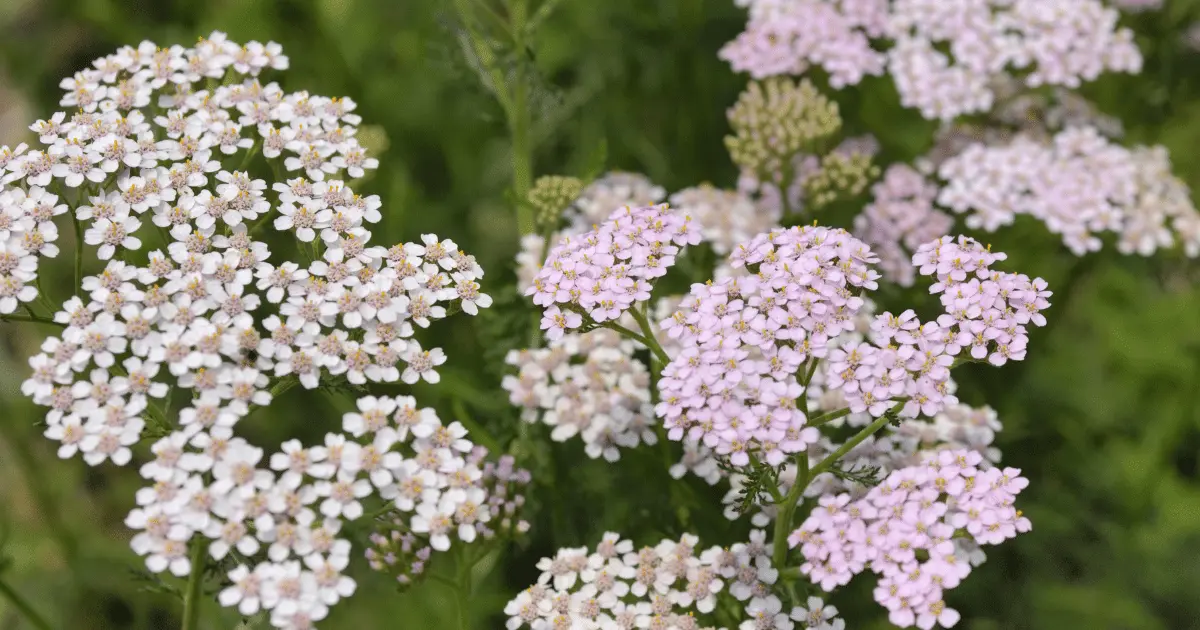
Yarrow (Achillea millefolium) flourishes in a sunny and warm habitat. Yarrow plants are frequently found on meadows, roadsides, and dry, sunny slopes. Yarrow grows as a simple upright, hairy stem, usually under 3 feet. The flowers, leaves, and stems are used as medicine.
Benefits: Yarrow can improve the health of the sage plant and can protect it from various pests and diseases.
Popular Varieties: ‘Apple blossom,’ ‘Cerise Queen.’
17. Red Hot Poker
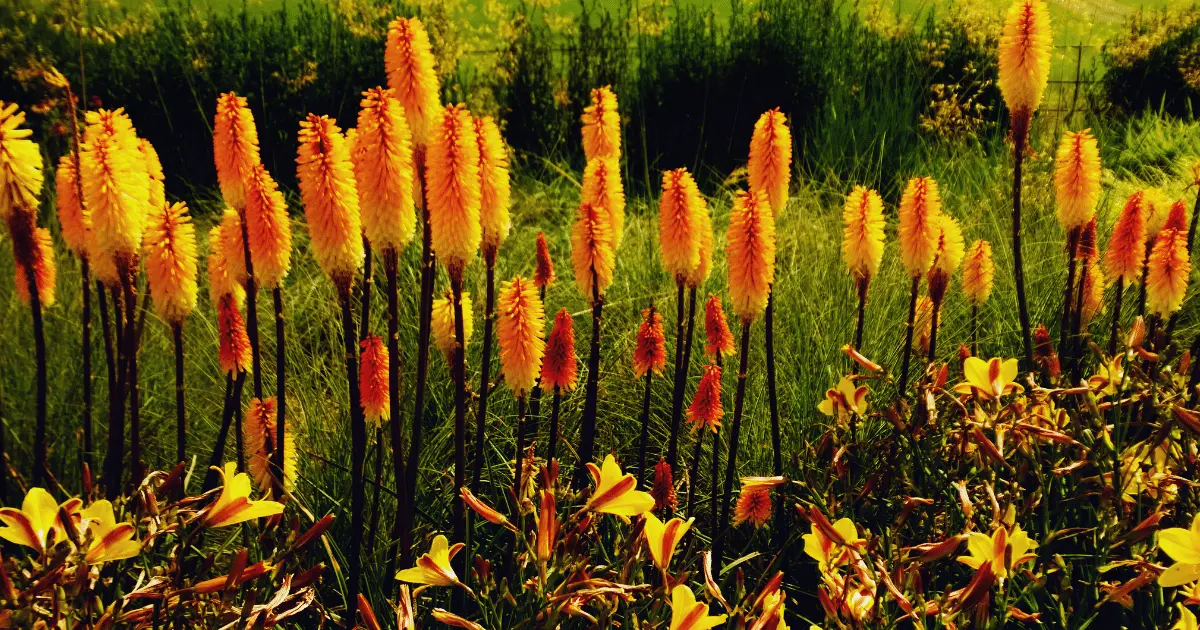
Red Hot Poker (Kniphofia) are herbaceous perennials loved for their tall, showstopping flower spikes in bright red, orange, yellow, and other colors. These hardy perennials are a gorgeous addition to any summer garden, and they have an exotic look and flower that blooms throughout the growing season.
Benefits: Red hot pokers are attractive to hummingbirds, bees, and butterflies. They are great companion plants for sage because they thrive in the same sun-filled conditions and provide masses of color in the summer garden.
Popular Varieties: ‘Pineapple Popsicle,’ ‘Ice Queen,’ ‘Lady Luck.’
18. Hebe
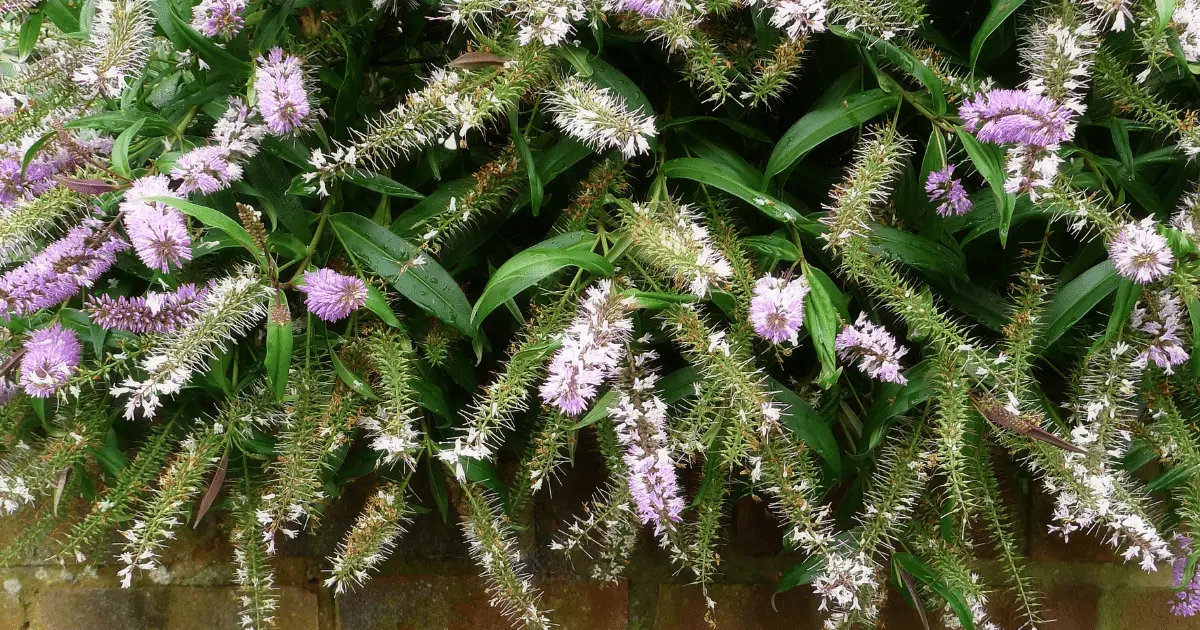
Hebe (Hebe spp) is a bushy evergreen shrub with purple, pink, or white flowers. They can grow between 40 cm to 1.5m and prefers poor, well-drained soil. Its small spikey flowers come in a range of flowers ranging from purple to pink and white.
Benefits: Hebe blooms attract bees and other beneficial insects to the garden.
Popular Varieties: ‘Golden pixie,’ ‘Rosie,’ ‘Red edge’
19. Petunia
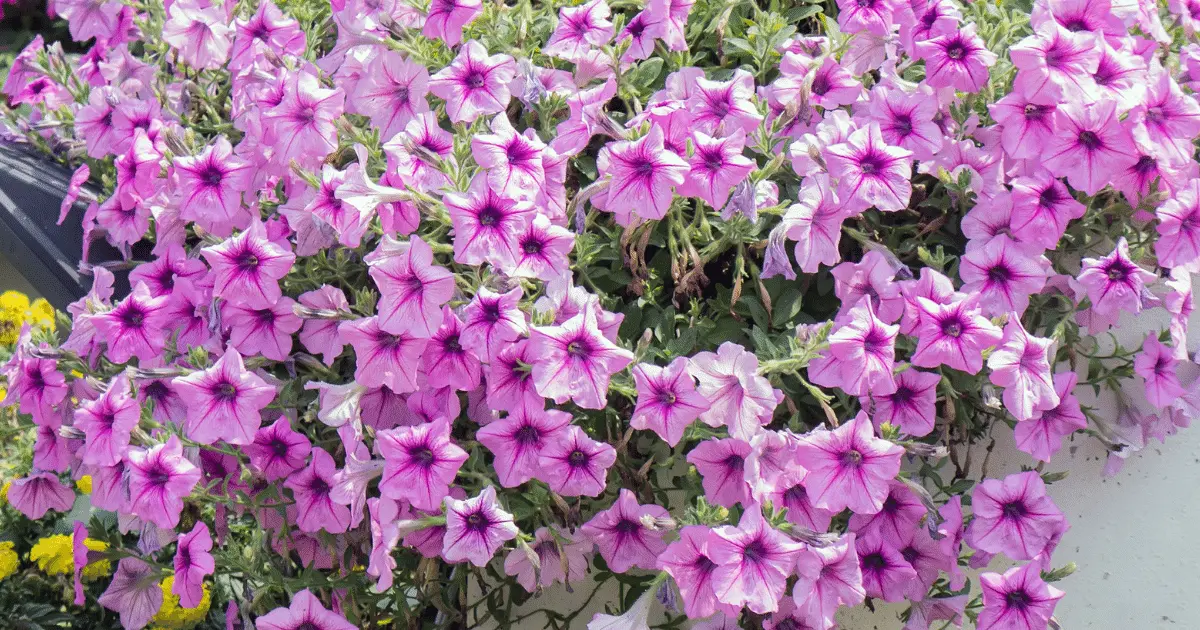
Petunia ( Petunia spp) is a bright and lovely flower that blooms from spring until frost and fills the air with a lovely fragrance. Petunias are easy to grow both in the garden and in containers. The essential requirement of growing petunia is in a location with plenty of light.
Benefits: Petunia and sage complement each other because of their similar growing condition and long flowering period.
Popular Varieties: ‘Tumbellina,’ ‘Crazytunia,’ ‘Double wave series.’
20. Parsley
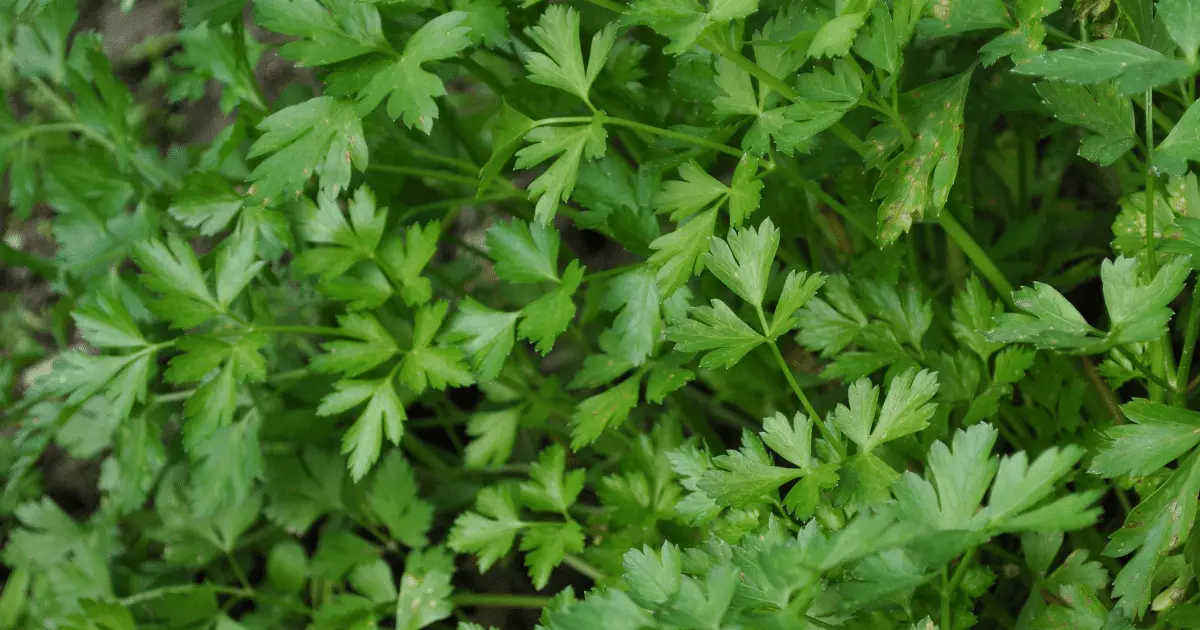
Parsley (Petroselinum crispnum) is widely cultivated for its versatility in foods and vegetables. Parsley is used as a garnish condiment and flavoring that can enhance flavor and benefit the health.
Benefits: Parsley repels insects pest, improves soil nutrients, and attracts beneficial insects.
Popular Varieties: ‘Forest green parsley,’ ‘Extra curled dwarf parsley.’
21. Oregano

Oregano (Origanum vulgare) is a woody perennial plant that grows up to 20-80 cm (8-3 inches) tall. Oregano is mainly grown as a small evergreen subshrub in mild climates. Its flowers are small and bear in clusters ranging in colors from white to pink or pale purple.
Benefits: Oregano and sage thrive well in a similar environment, requiring the exact growing requirements. They also thrive best in well-drained soil and direct sunlight.
Popular Varieties: ‘Common oregano,’ ‘Syrian oregano,’ ‘Greek oregano.’
22. Marigolds

Marigolds (Tagetes) thrive in full sunshine and can withstand hot summers. They are a favorite no-fuss annual that can bring the color of sunshine to your garden.
Benefits: Marigolds attract butterflies, bees, ladybugs, and other beneficial insects to the sage plant.
Popular Varieties: ‘Tagetes Cottage Ped,’ ‘Baileya Multivadieta.’
23. Nasturtiums

Nasturtiums (Tropaeolum) plants are easy to grow. They produce masses of colored blooms from midsummer to the first autumn frost in a range of orange, yellow, cream, salmon pink, and burgundy colors.
Benefits: Nasturtiums repel whiteflies which can damage your sage plant.
Popular Varieties: ‘Apricot,’ ‘Black velvet,’ ‘Empress of India,’ ‘Orange gleam.’
24. Dill

Dill (Anethum graveolens) is a commonly used annual herb part of the Apiaceae family. The leaves and seeds of dill contain the carotene-rich essential oil that is traditionally used to treat digestive disorders.
Benefits: Dill makes a great companion plant for sage as they attract beneficial insects to the plant.
Popular Varieties: ‘Bouquet,’ ‘Compatto,’ ‘Delicat.’
25. Lavender

Lavender (Lavendula) is a plant with a long history and many uses. Lavender belongs to the same plant family as mint, rosemary, thyme, and many other herbs and shrubs. Plants in this family have square and rectangular stems. Lavender can be grown in the right climate, and they require well-drained soil and plenty of sunlight.
Benefits: Lavender and sage are great together because they survive in similar conditions.
Popular Varieties: ‘Ballerina Spanish Lavender,’ ‘Kew Red, Spanish Lavender,’ ‘Betty’s Blue, English Lavender.’
26. Brassicas
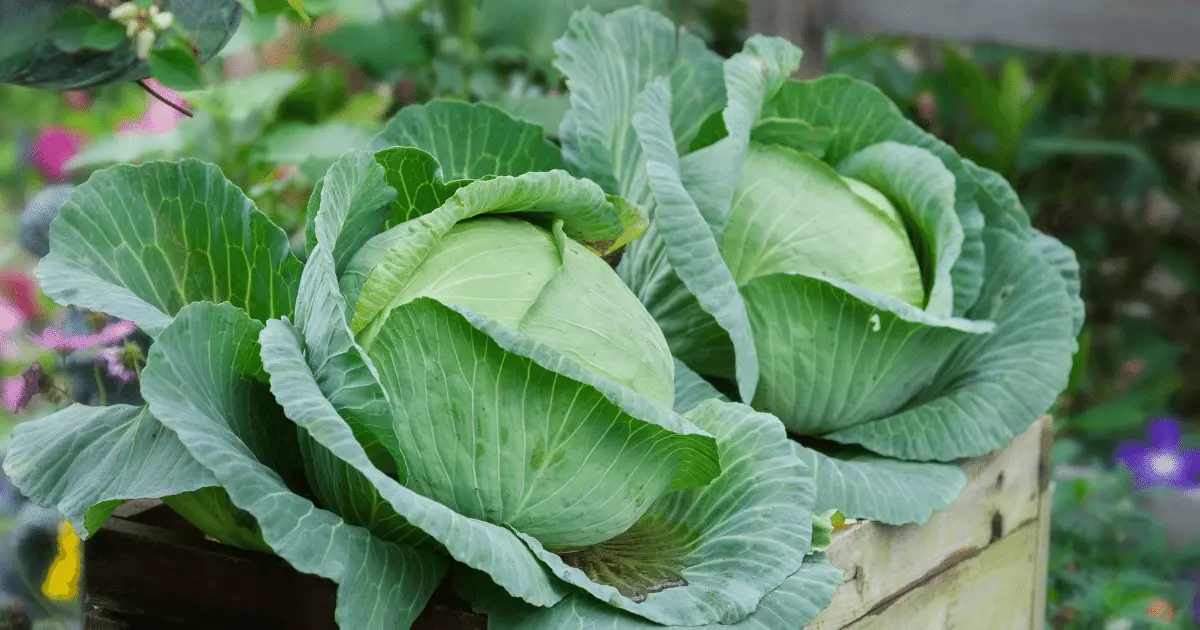
Cabbage, kale, Brussels sprouts, Kohlrabi, Cauliflower, and Broccoli, are all Brassica family members. They are also categorized as cruciferous vegetables (Cruciferae) or cabbage family members.
Benefits: Sage repels cabbage moths, cabbage loopers, cabbage maggots, cabbage worms, and black flea beetles that attack brassicas.
27. Zucchini
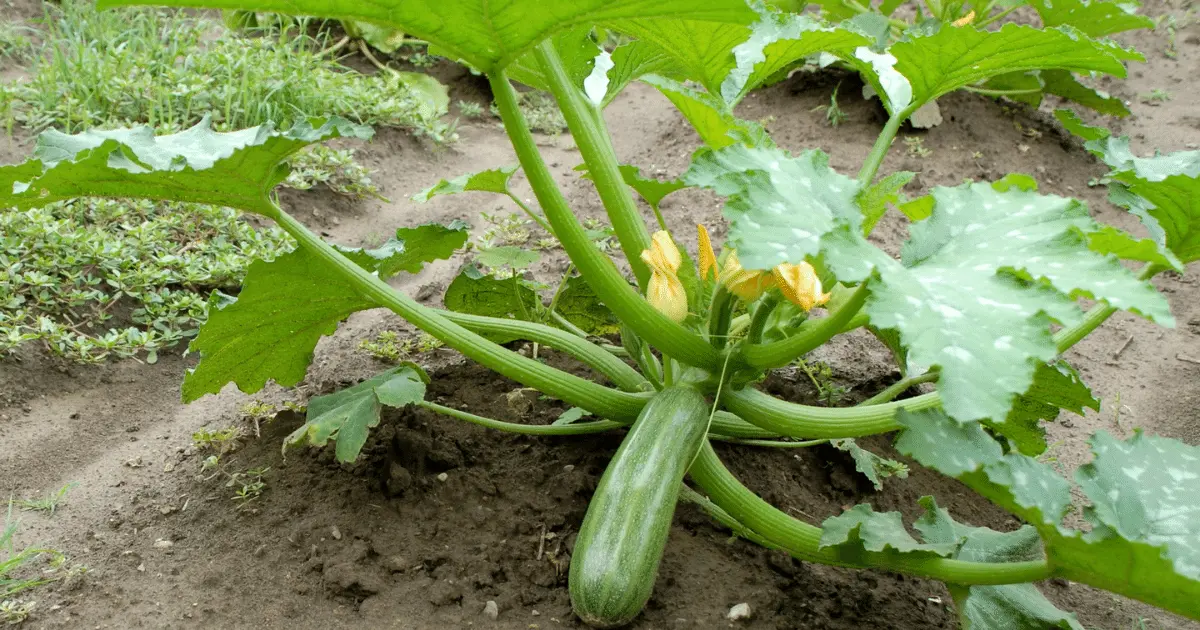
Zucchini ( Cucurbita pepo), also known as courgette or marrow, is a long, cylindrical vegetable slightly smaller at the stem end and usually dark green.
Benefits: Zucchini and sage pair well together. Sage attracts pollinators to your zucchini plant and deters aphids, whiteflies, and squash beetles.
Popular Varieties: ‘Black beauty,’ ‘Raven,’ ‘Fordhook,’ ‘Dunja,’ ‘Gadzukes.’
28. Clover
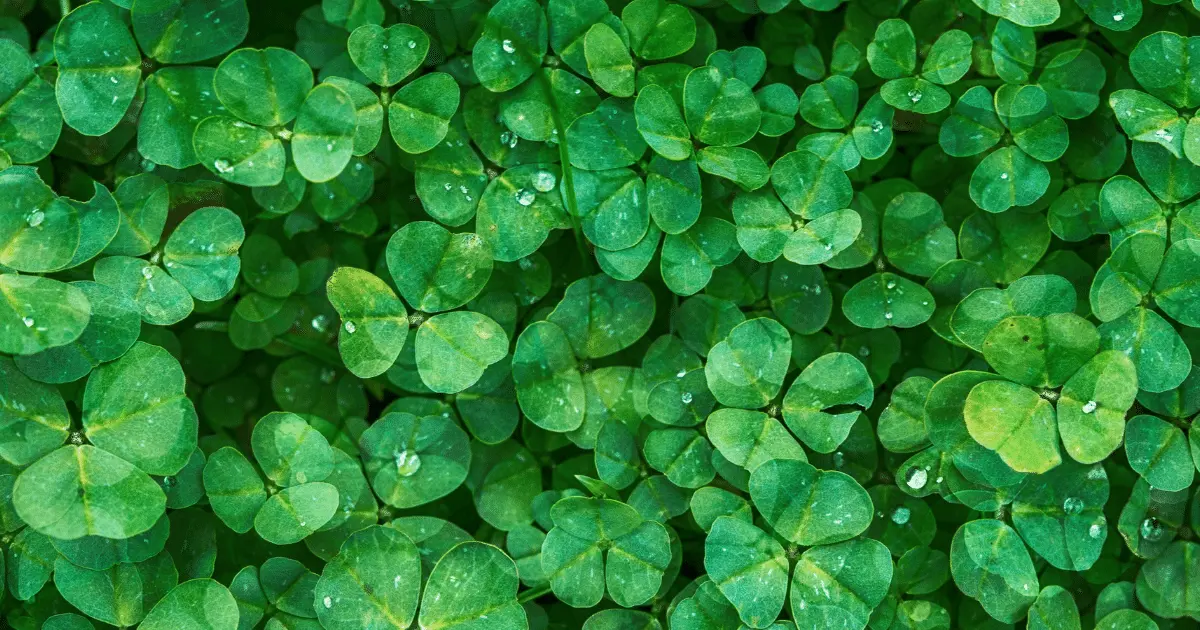
Clover (Trifolium) are short-lived herbs that feature alternate compound leaves with three toothed leaflets with white or red flowers.
Benefits: Clover is a good sage companion plant because it repels various insects and attracts aphids, root flies, and wireworms.
Popular Varieties: ‘White clover,’ ‘Red clover,’ ‘Strawberry clover.’
29. Tomatoes
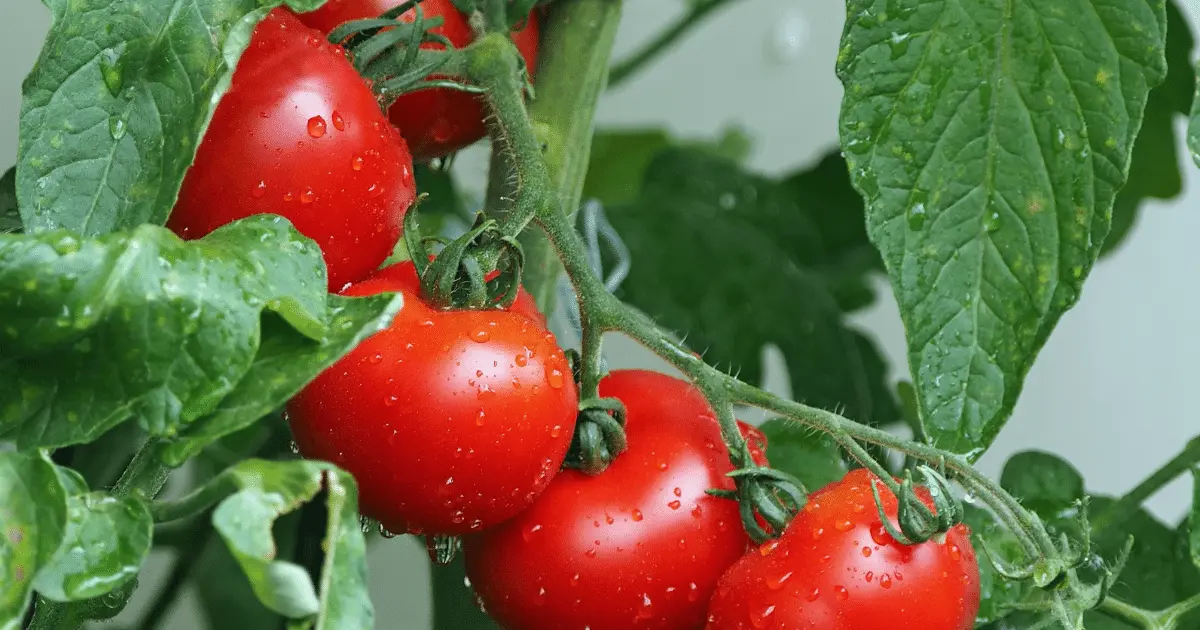
Tomatoes (Solanum Lycopersicum) are an excellent companion plant for sage. Tomatoes are grown in a wide range of varieties in various regions worldwide and are cultivated mostly for their edible fruits.
Benefits: Sage helps repel flea beetles and attracts beneficial insects to tomatoes.
Popular Varieties: ‘Brandywine,’ ‘Cherry tomato,’ ‘Cherokee Purple.’
30. Bush Beans
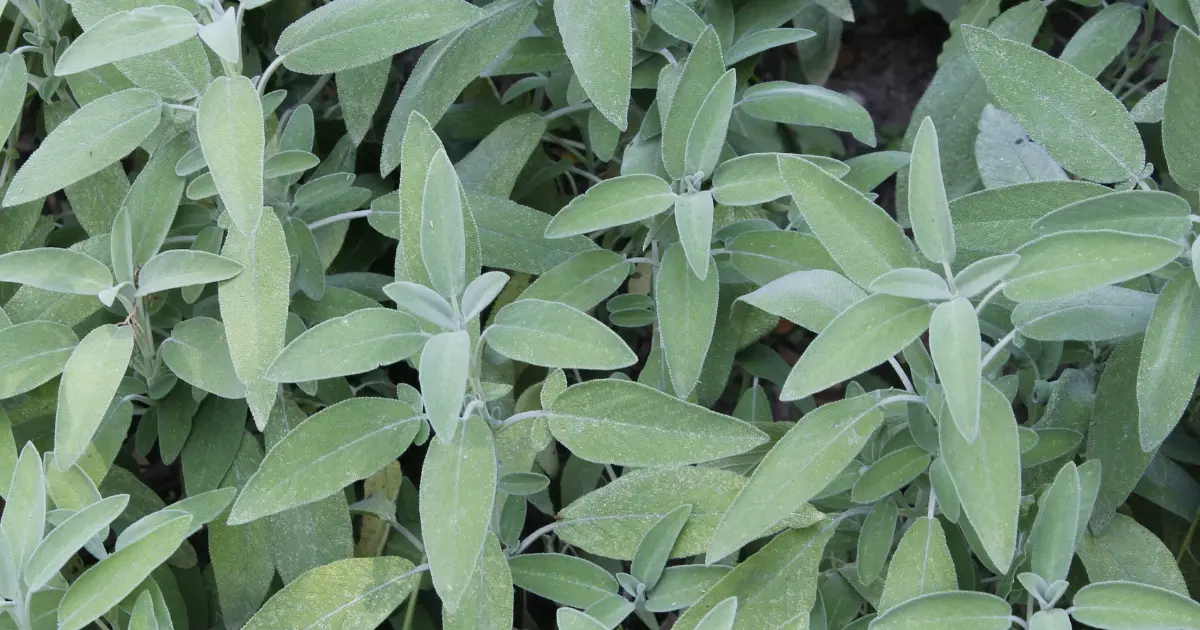
Bush Beans (Phaseolus vulgaris) is an annual plant grown for its edible dry seeds and unripe fruits. Bush beans seeds germinate best in temperatures 70-80 degrees Fahrenheit. When planting, sow seeds one inch deep and three inches apart and let the rows be spaced 18-24 inches apart.
Benefits: Sage plants benefit from the nitrogen bush beans add to the soil, which helps in better growth and taste.
Popular Varieties: ‘Blue Lake Bush,’ ‘Roma II (Romano),’ ‘Masai (Filet),’ and ‘heirloom Kentucky Wonder Bush.’
Worst Sage Companion Plants
1. Fennel
Fennel will make your sage plants unhealthy and hasten the flowering stage, limiting their growth.
2. Cucumber
Sage will hinder the growth of your cucumbers and expose them to harmful pests.
3. Rue
Rue is one of those plants you should avoid planting with your sage plant because it harms its growth.
4. Wormwood
Wormwoods attract whiteflies to your sage plant.
5. Alliums
Alliums and sage are two conflicting plants. Alliums are moisture-loving plants, while sage thrives in dry and sandy soil.
